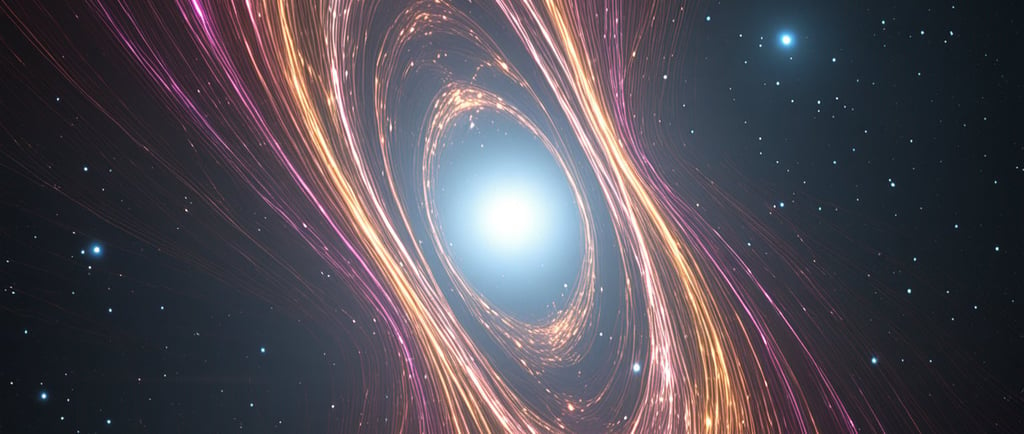The V838 Mon: A Light Echo


Introduction to V838 Mon
In the vast expanse of our Milky Way galaxy, few celestial events capture the imagination quite like the brilliant explosion of V838 Mon. This extraordinary star, which was observed in 2002, captured the attention of astronomers and the public alike as it became approximately 600,000 times brighter than our very own sun. Its sudden flash of brilliance not only intrigued scientists but also offered a rare glimpse into the dynamic nature of stellar evolution.
The Bright Burst and Its Aftermath
In February 2002, V838 Mon underwent a remarkable transformation, becoming one of the brightest stars ever recorded. This spectacular flash was not just a singular event; it marked the initiation of a complex and fascinating light show. Following the initial explosion, a phenomenon known as a light echo began to unfold. This light echo, a result of light from the explosion being reflected off distant rings of interstellar dust, created a mesmerizing spectacle in the surrounding cosmos. As the light traveled through these ambient layers, it painted a vivid picture of the star's violent past and its interactions with the circumstellar environment.
The Science Behind the Phenomenon
The extraordinary brightness of V838 Mon can be attributed to its classification as a red supergiant star. When it erupted, the star's atmosphere expanded dramatically, with its surface temperature causing immense energy release. The subsequent light echo allowed astronomers to study the intricate structure of the interstellar dust surrounding V838 Mon. This dust plays a critical role in stellar evolution, as it is involved in the processes of star formation and the recycling of elements within the galaxy. The complex interaction between light and dust is a testament to the dynamic and beautiful universe that surrounds us.
Though V838 Mon began to fade in April 2002, its legacy continues to inspire researchers and enthusiasts alike. Its brief yet impactful display has become a pivotal study area in astrophysics, inviting questions about the life cycles of stars and the behavior of light in various cosmic conditions. V838 Mon stands not merely as a point of interest, but as a remarkable example of the ever-changing tapestry of our galaxy and beyond.
